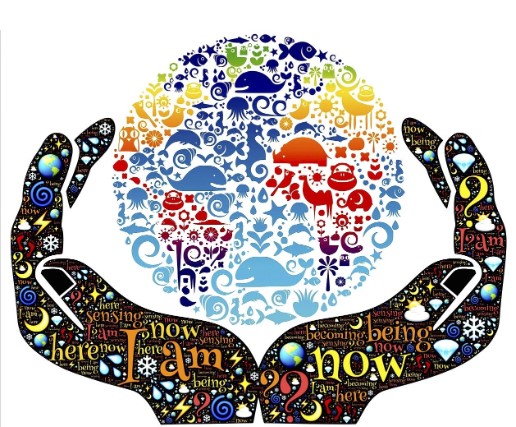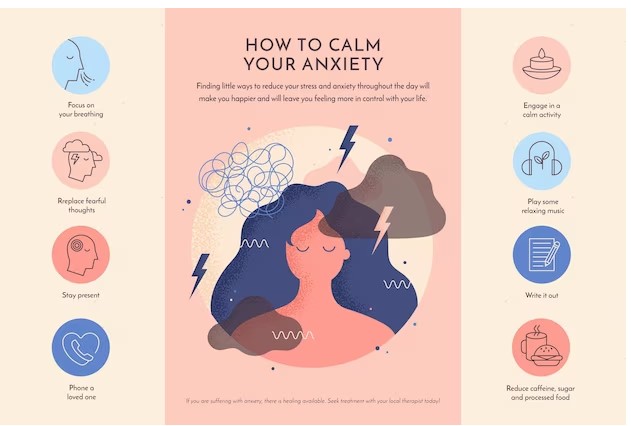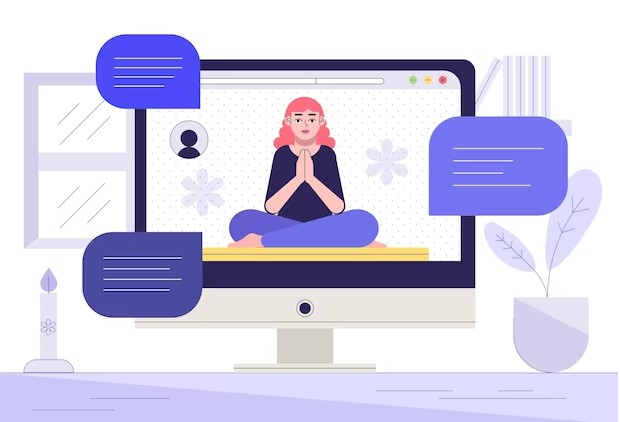Why Is Mindfulness Important To Technology: Key Insights
Overview
Technology has revolutionized the way we live our lives, providing us with unparalleled convenience and connectivity. However, as our dependency on technology grows, we often find ourselves feeling overwhelmed and disconnected. This is where mindfulness comes into the picture. Mindfulness, the practice of intentionally focusing on the present moment without judgment, can play a crucial role in helping us maintain a healthy relationship with technology.
Incorporating mindfulness into our daily lives can help us become more aware of our technology usage and its impact on our well-being. By being mindful, we can break free from the constant distractions and mindless scrolling that technology often promotes. Instead, we can approach technology with intentionality, using it as a tool to enhance our productivity, creativity, and overall mental well-being.
Why Is Mindfulness Important To Technology
There are several factors involved which explains the importance of mindfulness to technology. Below you will find the comprehensive guide which is useful and valuable to you.
The impact of technology on mental health
Technology has undoubtedly brought numerous benefits to our lives, but it has also had a significant impact on our mental health. The constant influx of information, notifications, and social media updates can be overwhelming, leading to increased levels of stress, anxiety, and even depression. Our attention spans have shortened, and we often find ourselves unable to focus on a single task for an extended period.
Moreover, the addictive nature of technology can make it difficult for us to disengage and take a break. We are constantly connected, always reachable, and find it challenging to switch off from the demands of work and social media. This constant stimulation can leave us feeling mentally fatigued and drained.
The concept of mindfulness and its benefits
Mindfulness offers a solution to the negative impact of technology on our mental health. It is a practice that involves bringing our attention to the present moment, without judgment or attachment. By cultivating mindfulness, we can develop a greater sense of self-awareness and become more attuned to our thoughts, feelings, and bodily sensations.
Research has shown that practicing mindfulness regularly can have various benefits for our mental well-being. It can reduce stress, anxiety, and depression, improve attention and focus, enhance emotional regulation, and promote overall psychological resilience. By incorporating mindfulness into our lives, we can develop a greater capacity to navigate the challenges and pressures of the digital age.
The relationship between mindfulness and technology
Mindfulness and technology may seem like opposing forces, but they can actually complement each other when approached mindfully. Technology can be a powerful tool for practicing and cultivating mindfulness. There are various mindfulness apps and tools available that can help guide us through meditation sessions, provide reminders for mindful breaks, and even track our technology usage.
At the same time, mindfulness can help us develop a healthier relationship with technology. By being present and aware of our technology use, we can make conscious choices about how and when to engage with it. Instead of mindlessly scrolling through social media or constantly checking our emails, we can use technology intentionally and purposefully.
How mindfulness can improve our relationship with technology
Incorporating mindfulness into our technology use can have several positive effects. Firstly, it allows us to break free from the constant distractions and notifications that can pull us away from the present moment. By practicing mindfulness, we can become more focused and attentive, enabling us to engage more deeply with the tasks at hand.
Secondly, mindfulness helps us develop a greater sense of self-regulation and impulse control. Instead of automatically reaching for our phones or opening multiple tabs on our computers, we can pause, take a breath, and consider whether our actions align with our intentions and goals.
Thirdly, mindfulness encourages us to be more discerning about the content we consume and share online. By being mindful of the impact of our digital interactions, we can choose to engage in conversations that are meaningful and constructive, rather than getting caught up in online drama or negativity.
Mindfulness practices to incorporate into your technology use
There are several mindfulness practices that we can incorporate into our technology use to enhance our well-being. One of the most effective practices is mindfulness meditation. Taking a few minutes each day to sit in stillness, focusing on our breath or a specific point of attention, can help us cultivate a sense of calm and presence.
Another practice is setting digital boundaries. This involves creating specific rules or guidelines for our technology use, such as designating certain times of the day as “tech-free” or implementing a “no phones at the dinner table” policy. By setting boundaries, we can create space for more meaningful interactions and reduce the constant distraction of technology.
Additionally, practicing mindful breaks throughout the day can help us recharge and refocus. Taking short breaks to stretch, breathe, or engage in a brief mindfulness exercise can help us reset our minds and increase our productivity when we return to our technology tasks.
Mindful technology usage tips for individuals
In addition to incorporating mindfulness practices, there are several tips that individuals can follow to promote a more mindful approach to technology usage. Firstly, it is essential to be intentional about the apps and platforms we engage with. We can evaluate whether they align with our values and contribute positively to our well-being. If certain apps or platforms are causing stress or negative emotions, it may be beneficial to limit or eliminate their use.
Secondly, practicing digital decluttering can help create a more mindful digital environment. This involves regularly reviewing and decluttering our digital spaces, such as our email inbox, social media accounts, and digital files. By reducing digital clutter, we can create a more organized and focused digital space that supports our mental well-being.
Lastly, it is crucial to take regular breaks from technology. Engaging in activities that do not involve screens, such as spending time in nature, practicing hobbies, or connecting with loved ones face-to-face, can help reduce the overstimulation and mental fatigue that often accompany excessive technology use.
Mindfulness in the workplace and the role of technology
The need for mindfulness extends beyond our personal lives and into the workplace. In a technology-driven world, it is increasingly important for individuals to cultivate mindfulness in their professional lives. Mindfulness can help employees manage stress, improve focus and productivity, enhance creativity, and foster better communication and collaboration.
Technology can also play a role in supporting mindfulness in the workplace. There are various apps and tools available that can help employees take mindful breaks, track their well-being, and even provide guided meditation sessions. Additionally, companies can create a culture that encourages mindfulness by offering mindfulness training, providing dedicated spaces for mindfulness practice, and promoting work-life balance.
Mindfulness apps and tools to support a mindful technology experience
As the demand for mindfulness grows, so does the availability of apps and tools that can support a mindful technology experience. These apps and tools can help individuals incorporate mindfulness into their daily lives, track their progress, and provide guidance for meditation and mindfulness practices.
Some popular mindfulness apps include Headspace, Calm, Insight Timer, and Stop, Breathe & Think. These apps offer a range of features, including guided meditations, sleep sounds, breathing exercises, and even programs tailored specifically for the workplace.
Besides apps, there are also browser extensions and software tools available that can help individuals stay focused and minimize distractions while using technology. Examples include Forest, which encourages focused work by growing virtual trees, and Stay Focused, which limits the amount of time spent on specific websites.
Conclusion: Embracing mindfulness in the digital age
In a digital age where information overload and digital burnout are all too common, cultivating mindfulness can help us regain control and create a healthier relationship with technology. Mindfulness allows us to approach technology with intentionality and awareness, enabling us to use it as a tool for enhancing our well-being, productivity, and overall quality of life.
By incorporating mindfulness practices into our daily lives, setting digital boundaries, and being more present in our technology interactions, we can navigate the digital landscape with greater ease and balance. Mindfulness reminds us to pause, breathe, and consider the impact of our technology use on our mental health and overall well-being.
So, whether it’s through mindfulness meditation, setting digital boundaries, or simply being more present in our daily interactions, embracing mindfulness in the digital age is essential. Let’s prioritize our well-being and create a harmonious relationship with technology that supports our growth, creativity, and connection to the present moment.






